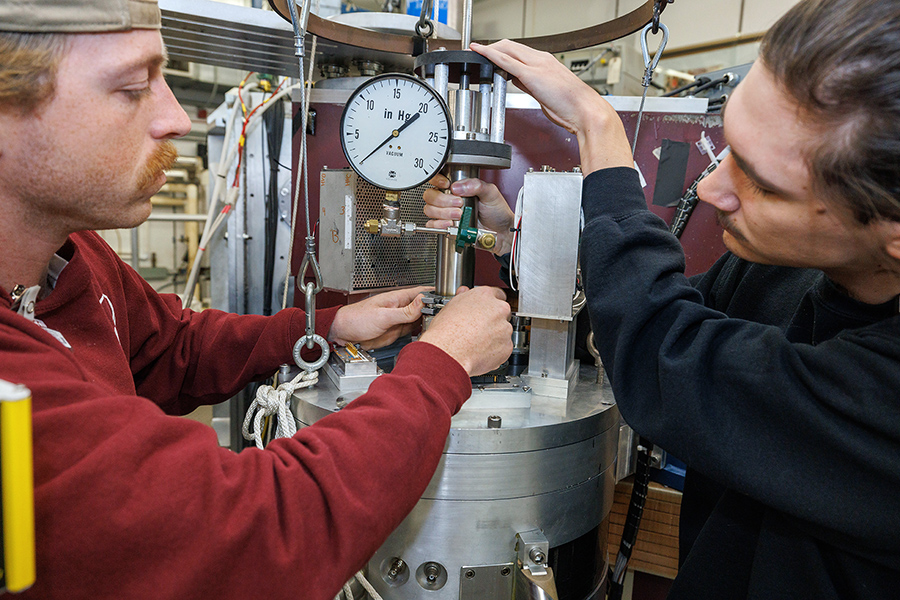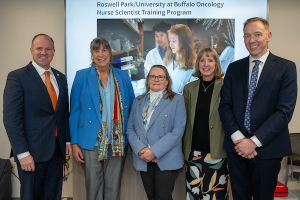The approach uses a patch with cryopreserved human umbilical cord from a healthy term pregnancy following delivery, which has anti-inflammatory and anti-scarring scarring properties, to test in an animal model whether it will improve outcomes.
Spina bifida occurs when the neural tube fails to develop or close properly while the baby is in utero. In the most serious and common form, a myelomeningocele – a sac of fluid containing the spinal cord and nerves – protrudes through the baby’s back. Spina bifida affects approximately 2,000 live births per year in the United States, according to the Spina Bifida Association. It can result in severe and lifelong disabilities including difficulty walking and incontinence.
In utero repair is performed at mid-pregnancy to reduce the ongoing damage of the exposed spinal cord. The repair requires opening the uterus to close the fetus’ neural tube defect. Unfortunately, despite the repair, more than half the children who receive the procedure are unable to walk independently, and 1 in 4 require surgery on the spinal cord due to scar tissue.
The researchers believe that the current method of surgery leads to scarring of the spinal cord at the repair site, called a tethered spinal cord. As the child grows, the tethered area can further damage nerves and result in disabilities. Repeat surgeries to untether the cord can also lead to damage to functions including walking and bladder control.
The new approach uses an umbilical cord-derived patch between the spinal cord and the skin closure to reduce the inflammation and scarring, leading to improved spinal cord function. The human umbilical cord patch is approved by the Food and Drug Administration for ophthalmological diseases and has been shown in preclinical trials to help reduce scar formation.
Papanna, associate professor in the Department of Obstetrics, Gynecology and Reproductive Sciences at McGovern Medical School at UTHealth, and his team have been studying umbilical cord patches for spina bifida for nearly two decades, publishing one of the first papers in 2016. The idea came out of brainstorming with his wife and fellow researcher Lovepreet Mann, MBBS, assistant professor with McGovern Medical School. The multidisciplinary UTHealth team includes Ponnada Narayana, PhD, MSc; Rajan Patel, MD; and Juan Herrera, PhD, from the Department of Diagnostic and Interventional Imaging; Stephen Fletcher, DO, from Department of Pediatric Surgery; and Dejian Lai, PhD, from UTHealth School of Public Health. Narayana is a distinguished senior lecturer at The University of Texas MD Anderson Cancer Center UTHealth School of Biomedical Sciences.
Pappana received the grant from the Eunice Kennedy Shriver National Institute of Child Health & Human Development (R01HD105173), part of the NIH.
For media inquiries, call 713-500-3030



